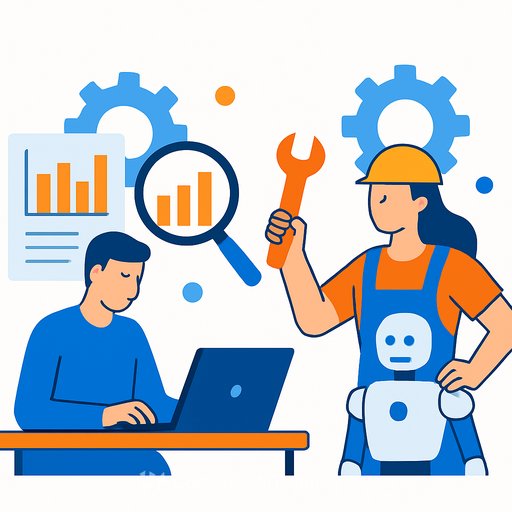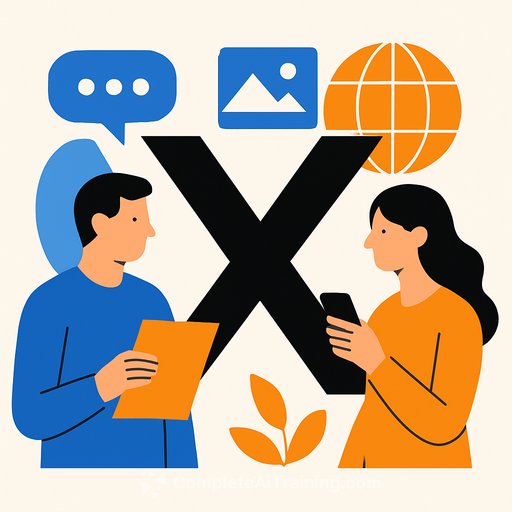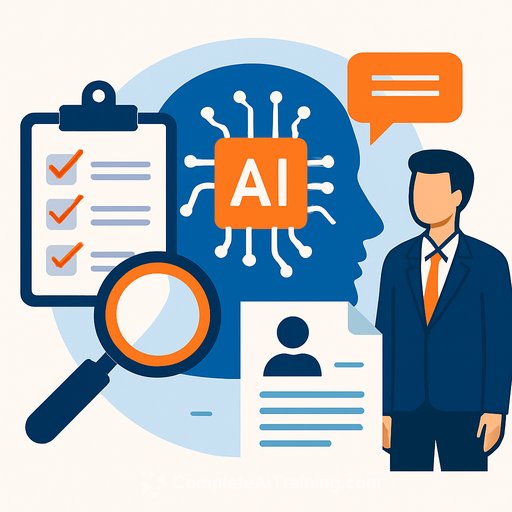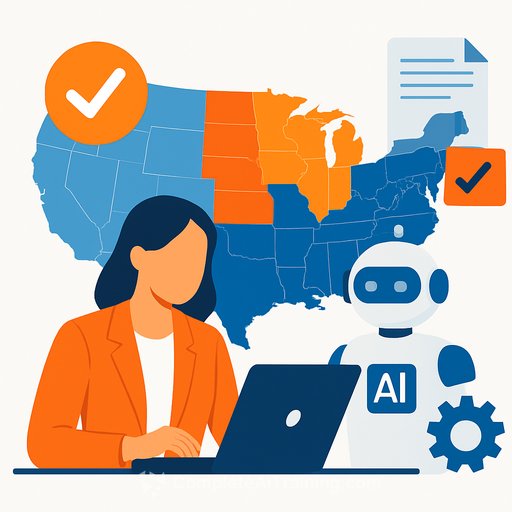Microsoft flags jobs most exposed to AI - what HR needs to know
Microsoft analysed 200,000 Copilot chatbot conversations to see what people asked AI to do - and how well it did it. The strongest matches were tasks heavy on research, information gathering, drafting, and structured communication.
When mapped against occupations that spend most of their time researching and writing for clients or the public, several roles surfaced as highly exposed. Others, rooted in physical work and on-site problem solving, showed far less exposure.
Roles most exposed
- Research-intensive roles
- Financial advisers
- Translators
- Sales representatives
Roles less exposed
- Nurses
- Ship engineers
- Plasterers
- Highway maintenance workers
Hiring signals: fewer entry-level roles, more AI trials
Multiple reports point to a drop in entry-level openings since generative AI arrived. A British Standards Institution study found one in three leaders explored AI before hiring, and nearly half said AI enabled headcount reductions.
Klarna reported that AI has taken on more tasks, enabling a leaner workforce. "Our proven scale efficiencies have been enhanced by our investment in AI, which has driven down operating expenses and improved gross profits."
UK reality check: more "do more with less" than job cuts from AI
Orgvue's review of ONS jobs data and FTSE 100 annual reports suggests the UK has not yet seen broad AI-driven job losses. Many firms cut costs by squeezing productivity rather than deploying AI at scale.
Only a small group sustained "do more with less" for two consecutive years. Companies that increased headcount delivered roughly 2x the revenue growth of those that shrank or held flat. FTSE firms incurred about £5bn in severance in 2024 - investment in workforce capability may offer better returns.
For ongoing labour market context, see the ONS employment releases here.
What HR should do now
1) Run a task-level exposure audit
- Map tasks by function: research, summarising, drafting, data analysis, outreach, reporting.
- Flag tasks with clear inputs/outputs and repeatable steps - prime candidates for automation or copilot support.
2) Redesign early-career roles
- Shift junior roles from rote research and first drafts to judgment, client context, and data validation.
- Pair AI-support tasks with structured training and supervision to avoid skill atrophy.
3) Build skills before you cut costs
- Stand up short sprints in prompt quality, AI-assisted analysis, and compliance-safe document drafting.
- Track impact by team and reinvest savings into capability, not just headcount reduction.
4) Set guardrails
- Define approved tools, data-use rules, and human-in-the-loop requirements for client-facing outputs.
- Audit for bias, accuracy, and confidentiality - and document decisions.
5) Rework workforce planning
- Scenario plan for roles most exposed (advisory, translation, sales support) and less exposed (field and skilled trades).
- Balance hiring pauses with redeployment and reskilling to avoid repeat severance cycles.
6) Measure what matters
- Revenue per employee and cost-to-serve by function
- Time-to-productivity for AI-assisted roles
- Internal mobility and reskilling completion rates
- Severance spend vs. capability investment
- Quality metrics: error rates, compliance issues, client satisfaction
Bottom line for HR
AI is compressing work made of research and structured writing. Field, hands-on, and context-heavy roles are less exposed - for now.
The winners won't just cut. They will redesign work, upskill at speed, and prove ROI with clean metrics. Do that, and you sidestep costly fire-and-hire cycles while building a workforce that keeps pace with the tech.
Upskill your teams
If you are formalising AI upskilling by job family, see these curated course paths for a fast start.
Your membership also unlocks:






